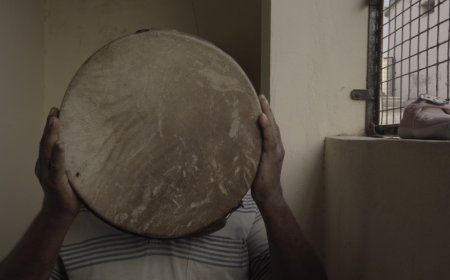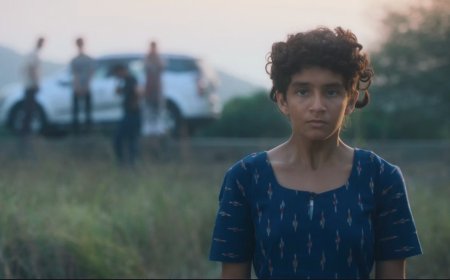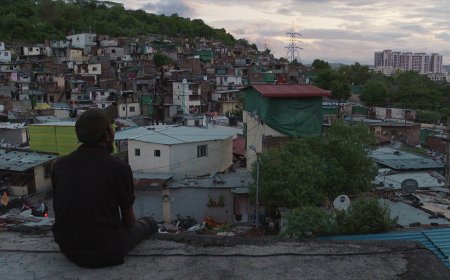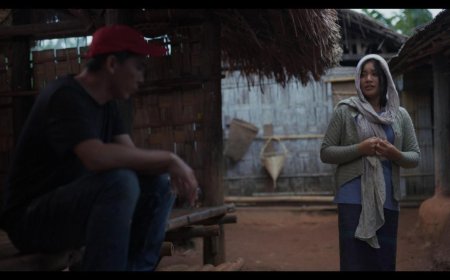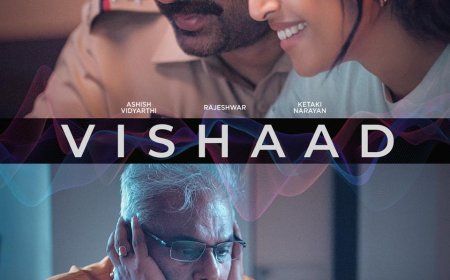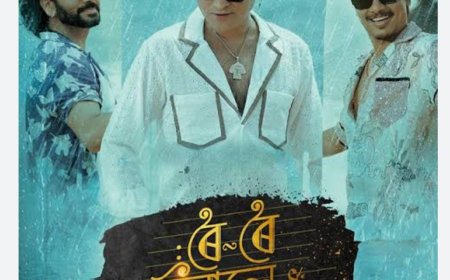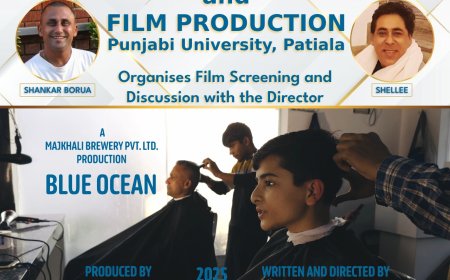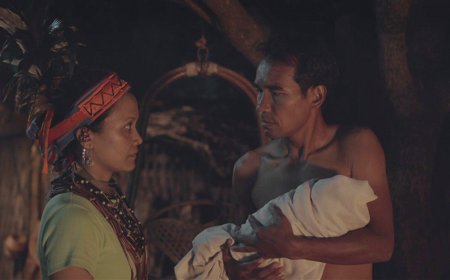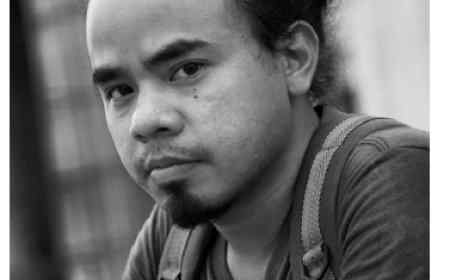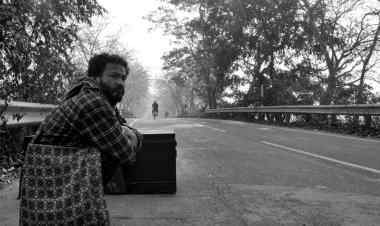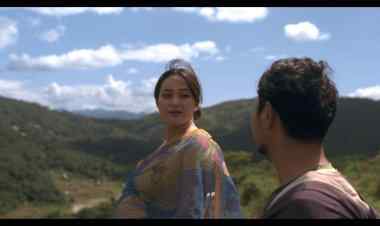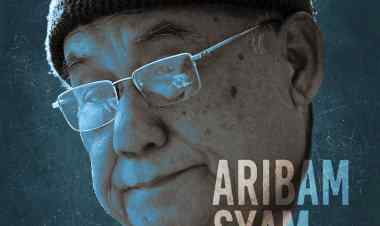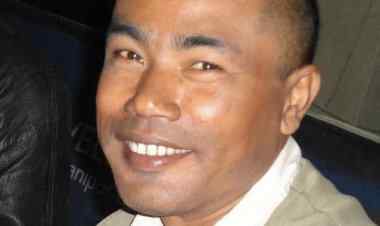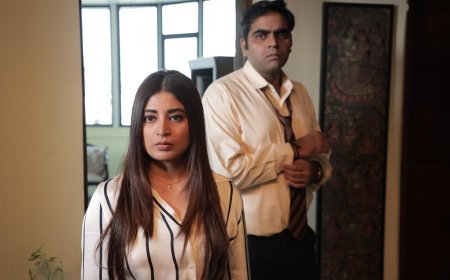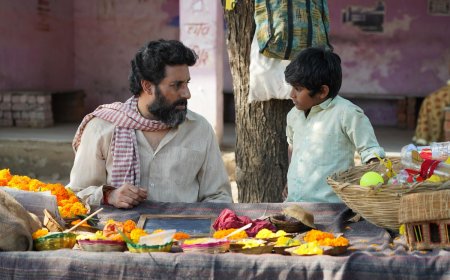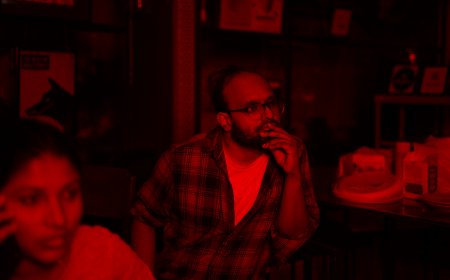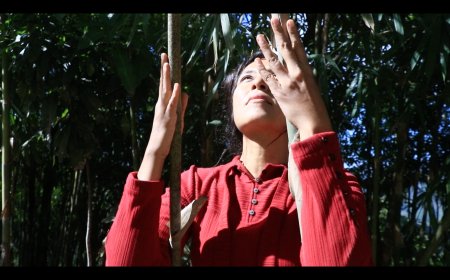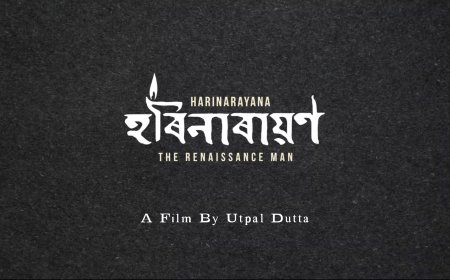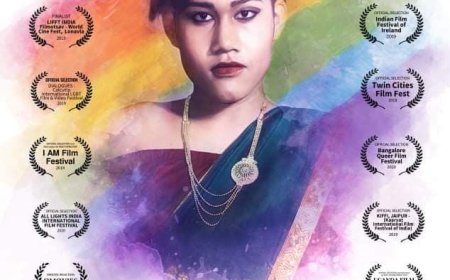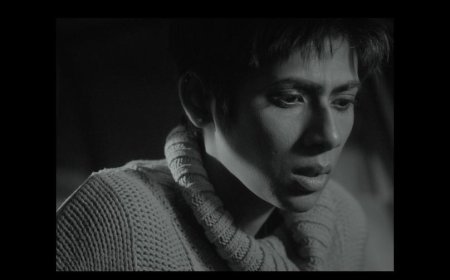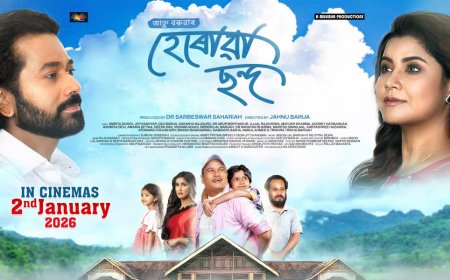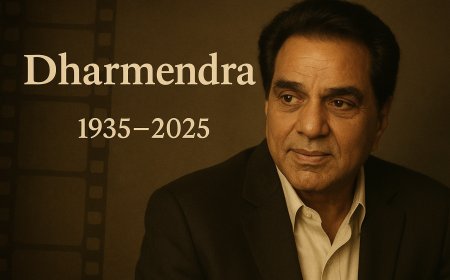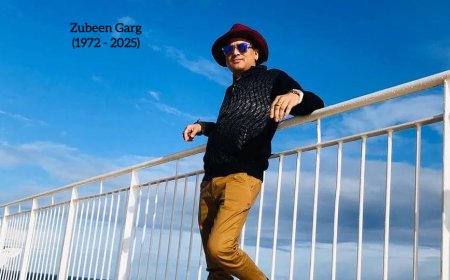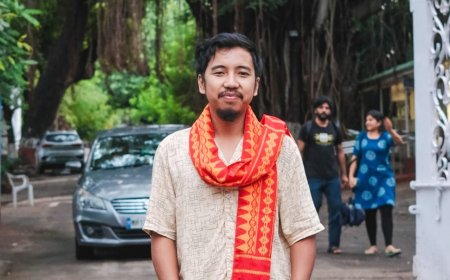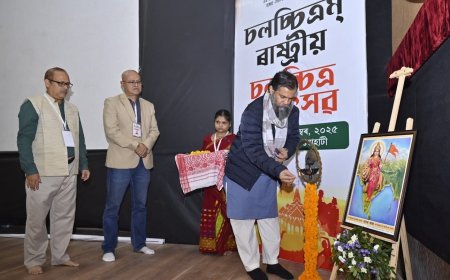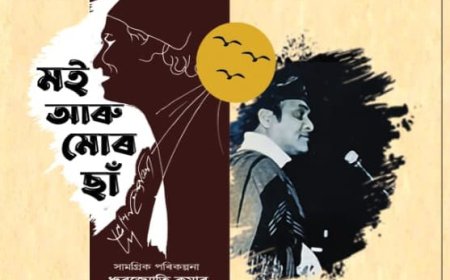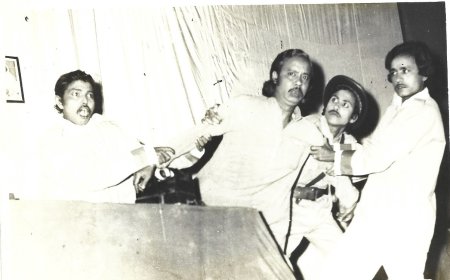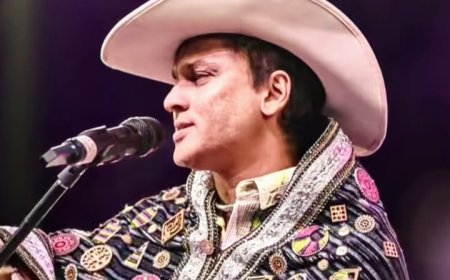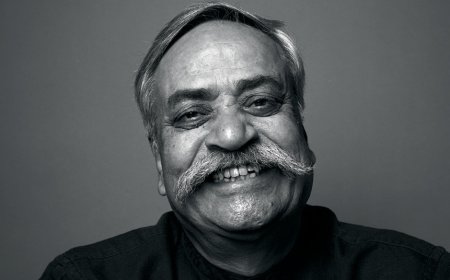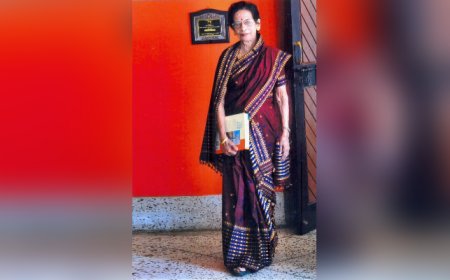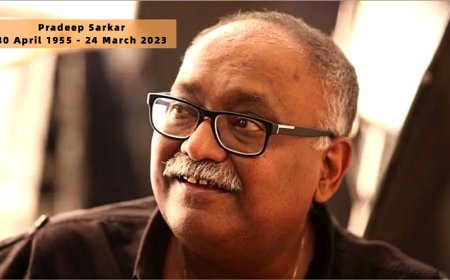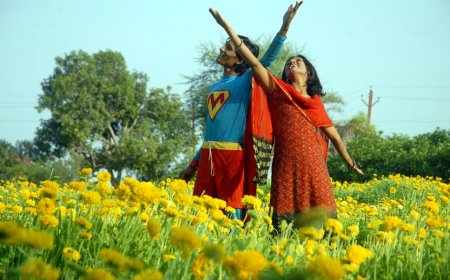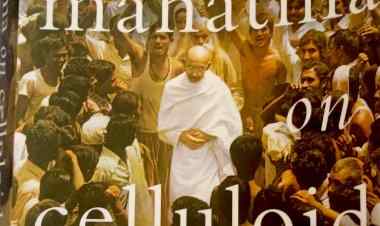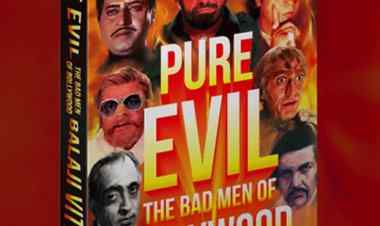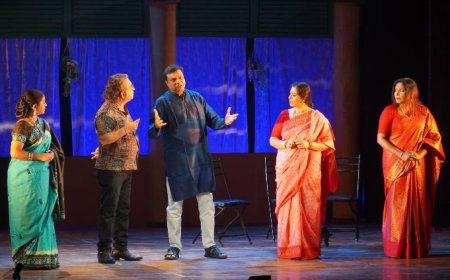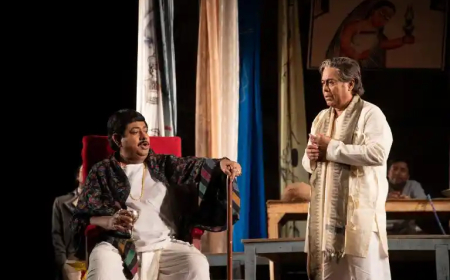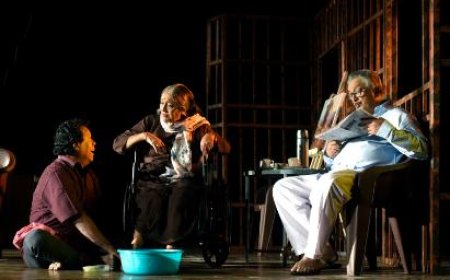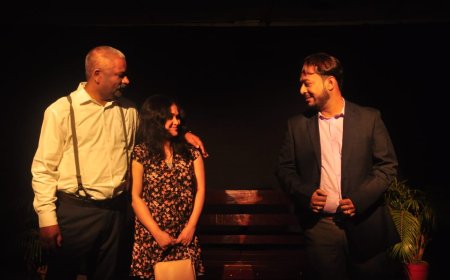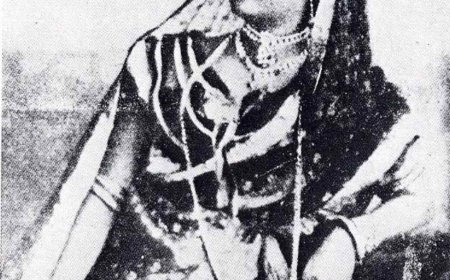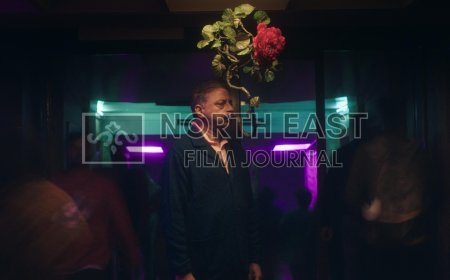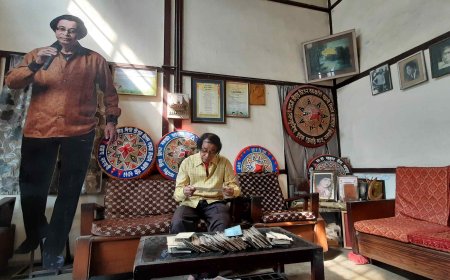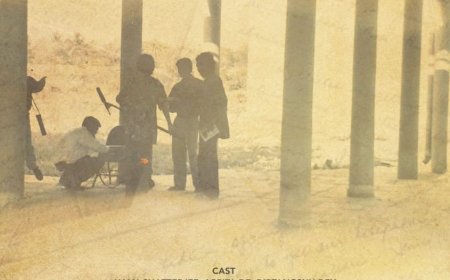Interview: Himjyoti Talukdar
Dipankar Sarkar provides an interview with Himjyoti Talukdar on his sophomore feature film Taarikh (2024).

Himjyoti Talukdar’s sophomore feature film Taarikh (2024), is the tale of Durlov Dutta (Arn Nath), a 70-year-old man, who lost his son in a bomb blast in Assam in 2008. Ever since, he remains unreconciled with reality, and living in denial. With its gentle rhythms, and leisurely pacing, it is a tenderly structured tale of love and loss, and the ways in which a selfless act of kindness can heal our traumas.
In this interview, Talukdar talks about the idea behind the film, his collaboration with the actors, and his visual approach to the story.
Why did it take you six years to make your second feature film?
As you know, making a feature is filled with creative and financial challenges as well as logistical hurdles. So, it took time to write the screenplay and assemble the team members with whom I could share my vision. My friends Arundhati Sarmah Baruah and Dr Muktismaan Hazarika came forward to help me with funding. I’m also extremely grateful to the co-producers of ‘Taarikh’ who also helped me to get the project on the floor. So, it took time to develop the project.
What led to the genesis of Taarikh?
Through Taarikh, I wanted to explore the themes of loss, memory, and relationships. I drew information from different incidents, where I witnessed people struggling with grief yet continuing to move forward. It is a universal story about how personal tragedies shape our lives and relationships. To bring authenticity to the narrative, I read stories of those living with partial PTSD (Post-Traumatic Stress Disorder) and the psychological challenges they face. For someone with PTSD, the world seems to appear in a different light—it is a world they can no longer come to terms with, it is a world moving too fast to catch up with. I sought to illustrate this deep, often neglected aspect of human psychology through the film.
The treatment of the film is realistic, so why did you include a song sequence towards the end?
Songs, in my opinion, must consciously arise out of the narrative, and not be introduced as an afterthought in the plot. In Taarikh, the song was incorporated to provide the audience with an emotive closure to the narrative. It was used as a device to showcase the bonding between the father and the son which was missing from the plot. The aim was to give the audience a more believable storyline.
Briefly tell us about the casting of the film.
Since the film had a limited cast, it helped us pick and choose the finest possible actors for their parts. The first name that struck me for the protagonist was Arun Nath. It was such a rarity that in the Assamese film industry, that an actor would pour all his effort into a character. Arun Nath gave a wonderful performance as Durlov Dutta. Another pivotal character, played superbly by Boloram Das, turned out to be equally significant.
Others who contributed to the film with their performances were Kula Kuldeep, Swagata Bharali, and Sanjib Sarma, and took care to maintain the film's balance. The role of the doctor was portrayed by. Jayanta Das, an eminent senior psychiatrist in real life. He not only did justice to his role but also brought to the forefront some useful insights into the psychology of the character.
How did you and Aniruddha Barua, the cinematographer, approach the visual design of the film?
Aniruddha and I chose a certain visual stylistic approach suitable for the milieu of the film, a big part of which was centred around art direction. Luckily, there was an abandoned house in Kharghuli, Guwahati, which we used for filming. What was quite interesting was that this house, although abandoned, was furnished with old artifacts that fit well into the plot and time of the film. This location helped us to achieve the kind of tone and feel that we were looking for in the film.
I have a personal preference for handheld shots because they feel more real to me. But for most of the scenes, we went for static shots. Feelings aside, this was an appropriate choice for the rhythm of the film and for depicting the monotony of the protagonist's everyday life. The colour tone was carefully chosen to internalize the arc of the story with emotions that redefined the mood of the film.
How was the film received at Chennai International Film Festival?
The audience participation at the 22nd Chennai International Film Festival was above our expectations. I was happy to witness how the subject matter and emotional aspect of the film resonated with the average viewers. Many audience members shared an emotional connection with the story and lauded the film for its realism. It was wonderful to learn that the film appealed to diverse ethnicities. Also, the story informed audiences about the painful issues surrounding the loss of loved ones, which is a universal emotion across cultures. The film reminds us how much trauma these experiences can have on our psyche.
What are your plans for the film?
I want to release the film theatrically alongside festival screenings as I believe a film is made for the audience, and a theatrical release is essential for that. We initially planned to theatrically release the film on December 6, 2024. However, with Pushpa 2 releasing on the same date, we decided to postpone to avoid a clash, as there is limited opportunity for an Assamese film to screen in theatres against such a big-budget film. We are also planning for a digital release to reach out to an audience beyond just the festival circuit later on. We want to spread the story of ‘Durlov Dutta' to as many people as we can.
What's Your Reaction?







